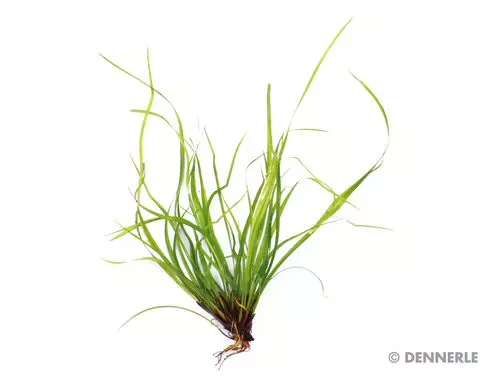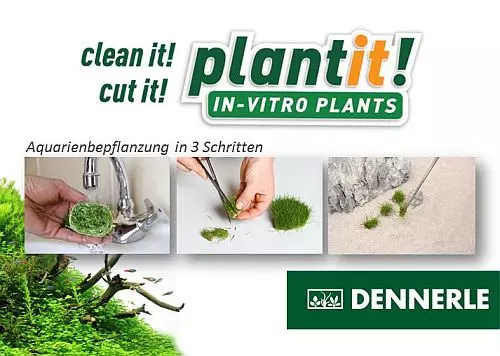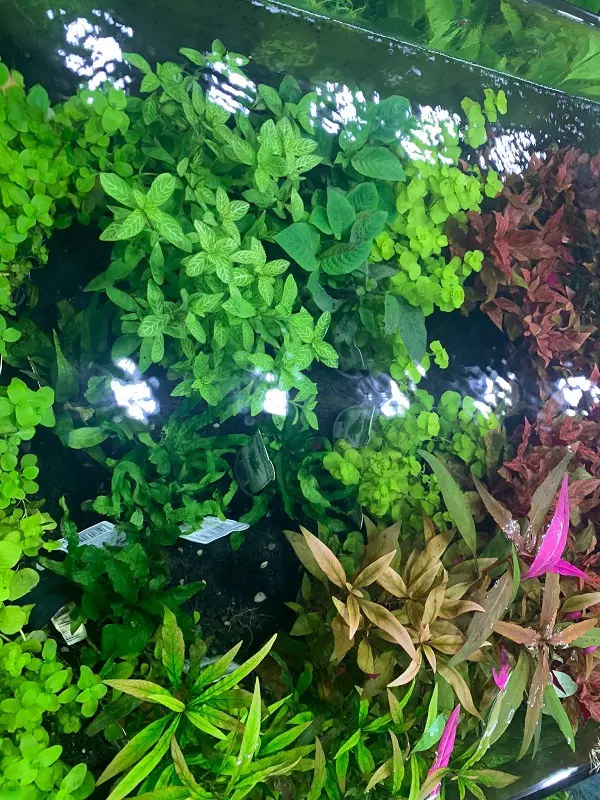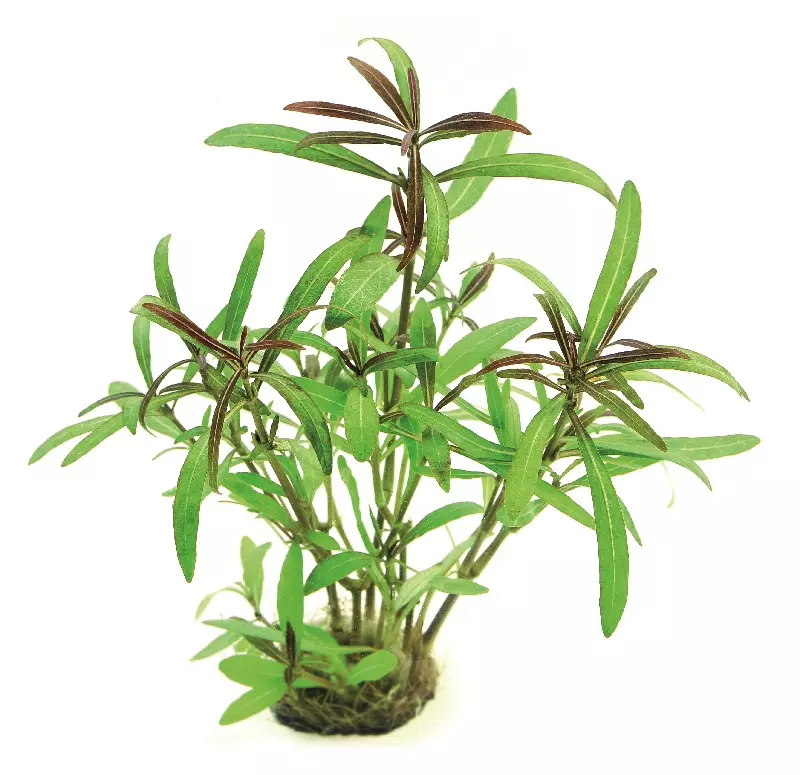











| Quantity | Unit price |
|---|---|
| To 2 |
CHF 11.90
|
| From 3 |
CHF 10.90
|
Stock: 0
Available in 1-3 days, acquisition time 14 days

Juncus repens
| max. Wuchshöhe | - 20 cm | Herkunftsland | Kuba, USA |
|---|---|---|---|
| Eignung | NanoCube, Aquascaping und Gesellschaftsaquarium | Typ | Stängelpflanze |
| Familie | Juncaceae | Gattung | Juncus |
| Vermehrung | Wuchsgeschwindigkeit | mittel | |
| pH | 5 - 7 | Wasserhärte | 2 - 8 °dh |
| Hinweise | Pflegeleicht und robust. | ||
Juncus repens ist eine grasähnliche Sumpfpflanze die auch dauerhaft unter Wasser wächst. Diese kleinwüchsige Binsenart ist im Süden und Osten der USA beheimatet und besiedelt dort sumpfige Flachgewässer. Im Aquarium ist Juncus repens pflegeleicht und robust. Weicheres Wasser mit guter CO2 Versorgung fördert den optimalen Wuchs. In Kombination mit anderen grasartigen Pflanzen kann man dekorative Wiesenlandschaften gestalten. Aber auch als „Füllpflanze“ zwischen Steinen macht die kriechende Binse eine gute Figur. Bei starker Beleuchtung und guter Mikronährstoffversorgung können sich die Sprosse auch leicht rötlich färben.
Wasserpflanzen In-Vitro
In Vitro - Pflanzen werden im Labor unter sterilen Bedingungen kultiviert. Sie werden in einer 7cm großen, geschlossenen Dose ausgeliefert. Die kleinen Pflänzchen sind absolut Algen und Schneckenfrei und können direkt eingepflanzt werden. Ideal ist diese Produktgruppe für kleinere Aquarien und Nano Cubes sowie für das moderne Aquascaping. Wie anspruchsvoll die jeweilige Pflanze ist, lässt sich ganz leicht an der oberen rechten Ecke der Verpackung erkennen. Vor dem Einsetzen muss lediglich das Nährmedium abgespült und die Pflanze portioniert werden
| Aquarium: | Community aquarium, Landscape/Aquascaping, Nano Aquarium |
|---|---|
| Feature: | In-Vitro, In the middle ground, Stem plants |
| Genus: | Juncus |
| Growth: | medium |
| Origin: | North America |
| Properties: | In-Vitro, Stem plants |
| Stand: | In the middle ground |
0 of 0 reviews
Login
Similar products
Customers also viewed


.jpg)













